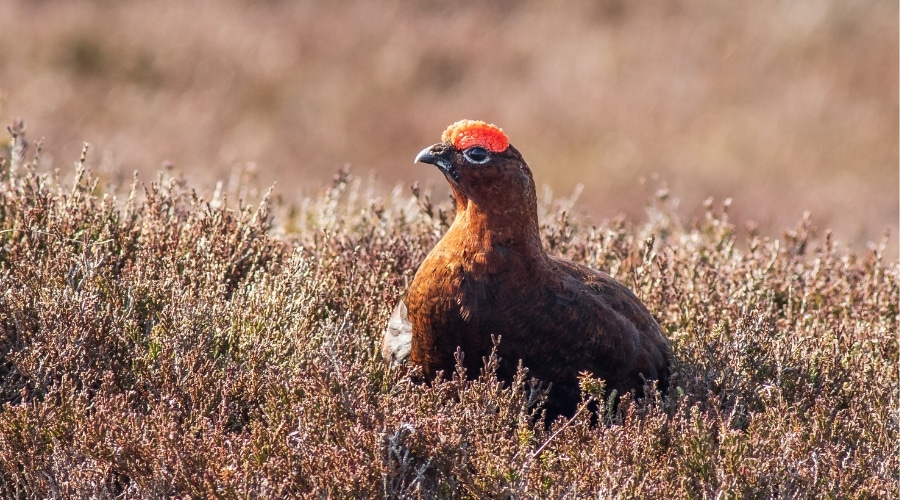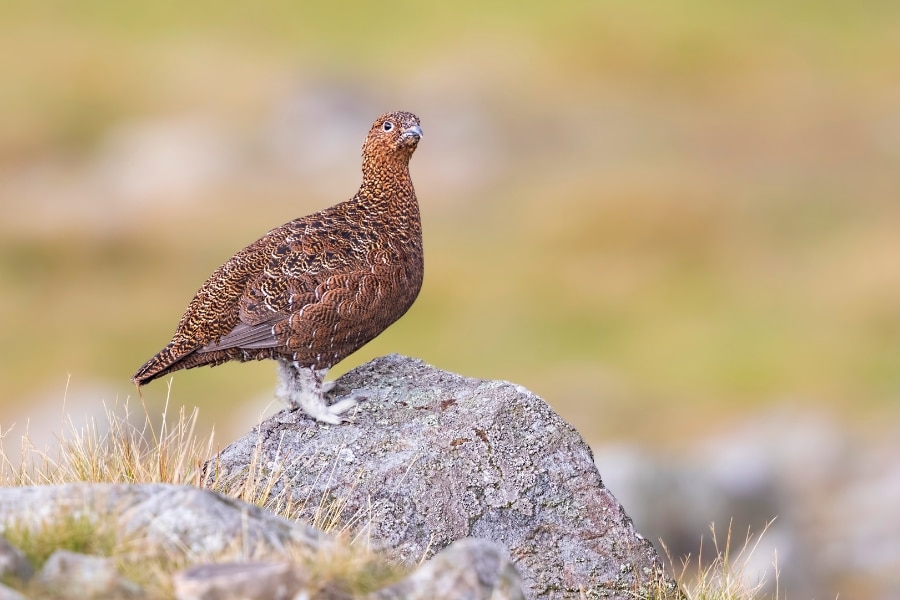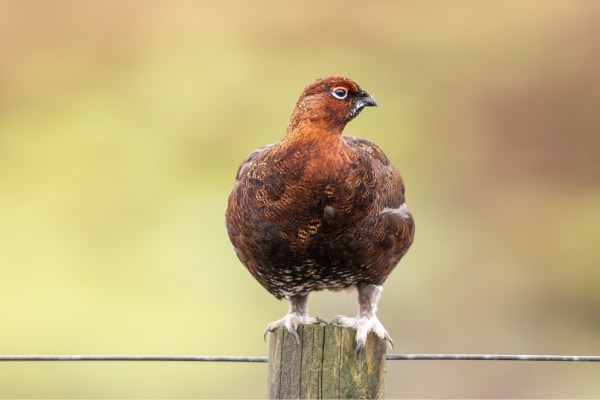
Scottish election: manifesto analysis
Ahead of the Scottish elections on 6 May, Ross Ewing breaks down the party manifestos to expose how their policies will affect shooting and conservation.
Get information on the legal shooting season for mammals and birds in the UK.
Learn about our current conservation projects and how you can get involved.
Comprehensive information and advice from our specialist firearms team.
Everything you need to know about shotgun, rifle and airgun ammunition.
Find our up-to-date information, advice and links to government resources.
Everything you need to know on firearms law and licensing.
All the latest news and advice on general licences and how they affect you.

Scotland’s Rural Affairs and Islands Committee has issued a ‘call for views’ on the Wildlife Management and Muirburn (Scotland) Bill. BASC has raised significant concerns with the Bill, which was published on 22 March 2023. .
The Wildlife Management and Muirburn (Scotland) Bill aims to alter legislation around how people can capture and kill certain wild birds (red grouse) and proposes changes around the making of muirburn (the controlled burning of heather and other plants for land management purposes).
The Bill has two distinct parts. Part one makes a number of provisions in relation wildlife management. This includes a ban on the use and purchase of glue traps, the establishment of a licensing system for the use of certain wildlife traps and creates a licensing system for land on which specific birds may be killed or taken.
Part two of the Bill regulates the making of muirburn by extending its licensing system. It now requires a muirburn licence at all times of the year and on any land on which muirburn is to be made.
It is vital that you respond to this ‘call for views’ survey, as this will shape the decision-making of MSPs on the Rural Affairs and Islands Committee, when it comes to scrutinising the Bill at Stages 1 and 2.
The survey closes on 5 May, you’ll find a link to respond at the bottom of this page.
Q1. Do you agree with the proposed ban on the use, possession and purchase of glue traps (sections 1-3)?
Answer: Complete as you wish.
Wildlife traps
Q2. Do you agree there is a need for additional regulation of the use of certain wildlife traps?
Answer: No.
Additional points to include:
Q3. Do you agree with the proposed licensing system for the use of certain wildlife traps (sections 4-5)?
Answer: No.
Additional points to include:

Licensing scheme for land used to shoot red grouse
Q4. Do you agree there is a need for additional regulation of land to be used to shoot red grouse?
Answer: No.
Additional points to include:
Q5. Do you agree with the proposed licensing system for land to be used to shoot red grouse (sections 6-7)?
Answer: No.
Additional points to include:

Additional powers to investigate wildlife crime
Q6. Do you agree with the proposal to give the Scottish SPCA additional powers to investigate wildlife crime (section 8)?
Answer: No.
Additional points to include:
Licensing scheme for muirburn
Q7. Do you agree there is a need for additional regulation for muirburn?
Answer: No.
Additional points to include:
Q8. Do you agree with the proposed licensing system for muirburn (sections 9-19)?
Answer: No.
Additional points to include:

Ahead of the Scottish elections on 6 May, Ross Ewing breaks down the party manifestos to expose how their policies will affect shooting and conservation.

BASC has urged all MSPs to vote down the Wildlife Management and Muirburn (Scotland) Bill in a debate taking place tomorrow.

Alistair Carmichael, MP for Orkney and Shetland, spoke during BASC’s rural reception at the Liberal Democrats’ Spring Conference in York.
Sign up to our weekly newsletter and get all the latest updates straight to your inbox.
© 2023 British Association for Shooting and Conservation. Registered Office: Marford Mill, Rossett, Wrexham, LL12 0HL – Registered Society No: 28488R. BASC is a trading name of the British Association for Shooting and Conservation Limited which is authorised and regulated by the Financial Conduct Authority (FCA) under firm reference number 311937.
If you have any questions or complaints about your BASC membership insurance cover, please email us. More information about resolving complaints can be found on the FCA website or on the EU ODR platform.
This website uses cookies so that we can provide you with the best user experience possible. Cookie information is stored in your browser and performs functions such as recognising you when you return to our website and helping our team to understand which sections of the website you find most interesting and useful.
Strictly Necessary Cookie should be enabled at all times so that we can save your preferences for cookie settings.
If you disable this cookie, we will not be able to save your preferences. This means that every time you visit this website you will need to enable or disable cookies again.
This website uses Google Analytics to collect anonymous information such as the number of visitors to the site, and the most popular pages.
Keeping this cookie enabled helps us to improve our website.
Please enable Strictly Necessary Cookies first so that we can save your preferences!
More information about our Cookie Policy